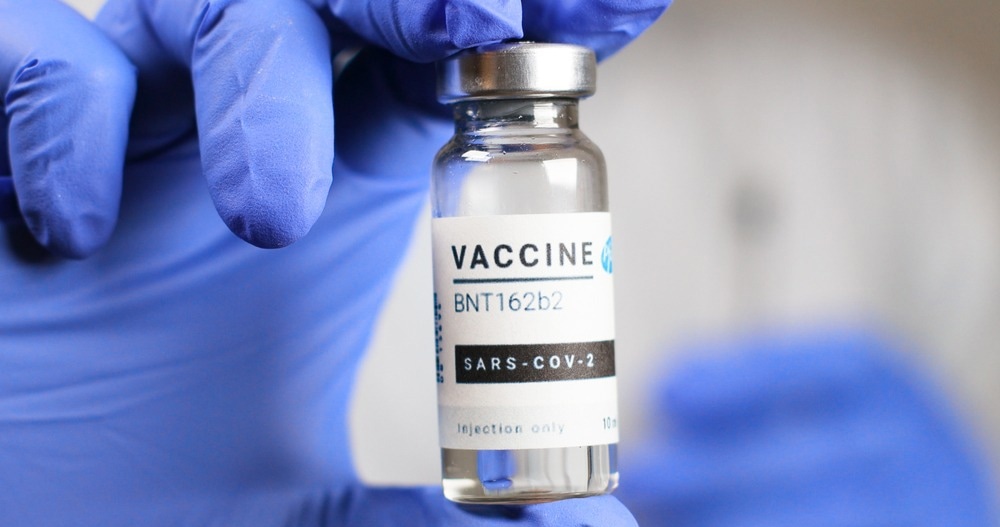Several severe acute respiratory syndrome coronavirus 2 (SARS-CoV-2) variants have emerged due to genomic mutations. These variants have been categorized as variants of concern (VOC) and variants of interest (VOI) by the World Health Organization (WHO) based on the virulence and transmissibility relative to the ancestral SARS-CoV-2 strain.

Background
Genetics & Genomics eBook

VOCs are the main source of concern because they can escape immune responses induced via vaccination or previous infection. They are responsible for prolonging the pandemic even after developing coronavirus disease 2019 (COVID-19) vaccines. The Delta VOC was replaced by the Omicron VOC, which is presently the dominantly circulating strain.
The Omicron variant has been divided into several sub-lineages, such as BA.1, BA.2, BA.4, and BA.5. It contains a high number of mutations in the spike (S) region, which makes it resistant to immune responses induced by natural infection or vaccination.
Many countries across the world are engaged in the implementation of the third COVID-19 vaccine dose, which is known as the booster vaccination. Due to initial vaccine scarcity, some countries strategized to increase the time interval between the first and second doses of the vaccine. For instance, in the province of Quebec, Canada, the interval between the two vaccine doses was delayed to 16 weeks instead of 3-4 weeks. Interestingly, several studies indicated this strategy enhanced humoral responses after the second vaccine dose, compared to a short interval regimen. Importantly, the effectiveness against VOCs, such as Delta and Omicron variants, was also observed.
Presently, booster vaccination has been recommended by the healthcare policymakers of several countries in response to the massive Omicron wave. A recent Cell Reports study evaluated humoral responses induced after the second and third doses of the mRNA vaccine.
About the study
The humoral responses induced after the second and third doses of the BNT162b2 vaccine were analyzed among the donors who received their first two doses at the 16-week interval. These participants received their third dose approximately seven months after the second dose. The cohort comprised SARS-CoV-2 naïve and previously infected (PI) individuals. The participants were infected during the first wave of COVID-19 and tested COVID-19 positive around 10 months before their first COVID-19 vaccine dose.
Blood samples of the participants were analyzed at three weeks and four months after the second vaccination dose and four weeks and four months after the third vaccination dose. The basic demographic details of the participants were collected along with the vaccination time points.
Study findings
Individuals who received two vaccine doses at 16-week intervals were observed to elicit robust humoral responses after the second dose, which was effective against VOCs. However, the immunity decreased after four months, returning to its peak after the booster vaccination. The rapid reduction of the immune levels after the booster dose indicated that even though the booster vaccine elicited a good humoral response, they were not sustained after a period, especially in naïve donors.
A less dense network of correlation was observed after the second vaccine dose in individuals vaccinated with a short interval (SI) compared to those vaccinated with a long interval (LI). However, after the third dose, which was administered several months after the second dose in the SI regimen, a dense network of correlation was observed, which was comparable to the LI regimen. Significant enhancement in the humoral responses against VOCs underscored the importance of the COVID-19 booster vaccination strategy.
It is important to study antibody maturation to determine vaccine efficiency, as it allows the immune system to produce antibodies with higher efficacy for viral neutralization. Here, a high-throughput assay revealed that the avidity of anti-RBD antibodies was considerably greater in the LI after the second dose compared to the SI. Here, it was observed that the booster vaccine allowed the SI group to produce antibodies with the same avidity as the LI group.
In the future, the evolution of avidity against other spike domains must be explored. Interestingly, the vaccinated PI exhibited better avidity than the naïve group at all time points. The authors also observed that the LI between vaccination and breakthrough infection also elicited higher humoral responses against VOCs than a SI. This might be because breakthrough infection in fully vaccinated people promoted a hybrid immunity with strong humoral responses, which was comparable to infected-then-vaccinated individuals. This study revealed that the third vaccine dose induced a high humoral response against VOCs, irrespective of the time interval between two vaccine doses.
Conclusion
Taken together, the current study highlighted the effectiveness of the third booster mRNA-based COVID-19 vaccination strategy to protect individuals against the Omicron subvariant. Hence, the authors strongly recommended booster vaccination doses for all individuals.
- Tauzin, A. et al. (2022) "A boost with SARS-CoV-2 BNT162b2 mRNA vaccine elicits strong humoral responses independently of the interval between the first two doses", Cell Reports, p. 111554. doi: 10.1016/j.celrep.2022.111554. https://www.sciencedirect.com/science/article/pii/S2211124722014103
Posted in: Medical Science News | Medical Research News | Disease/Infection News
Tags: Antibodies, Antibody, Assay, Blood, Cell, Coronavirus, Coronavirus Disease COVID-19, covid-19, Efficacy, Evolution, Genomic, Healthcare, Immune System, immunity, Omicron, Pandemic, Respiratory, SARS, SARS-CoV-2, Severe Acute Respiratory, Severe Acute Respiratory Syndrome, Syndrome, Vaccine

Written by
Dr. Priyom Bose
Priyom holds a Ph.D. in Plant Biology and Biotechnology from the University of Madras, India. She is an active researcher and an experienced science writer. Priyom has also co-authored several original research articles that have been published in reputed peer-reviewed journals. She is also an avid reader and an amateur photographer.
Source: Read Full Article
